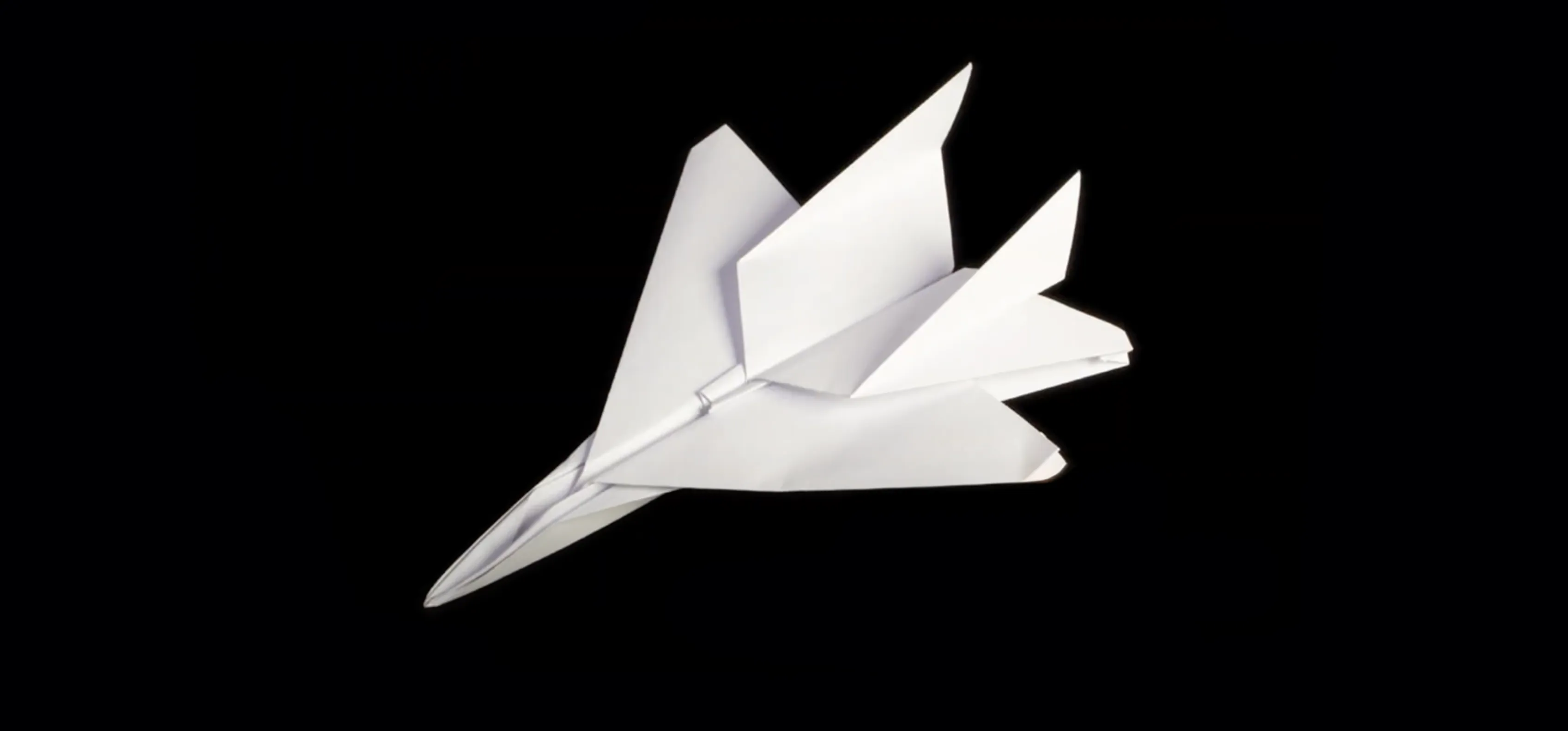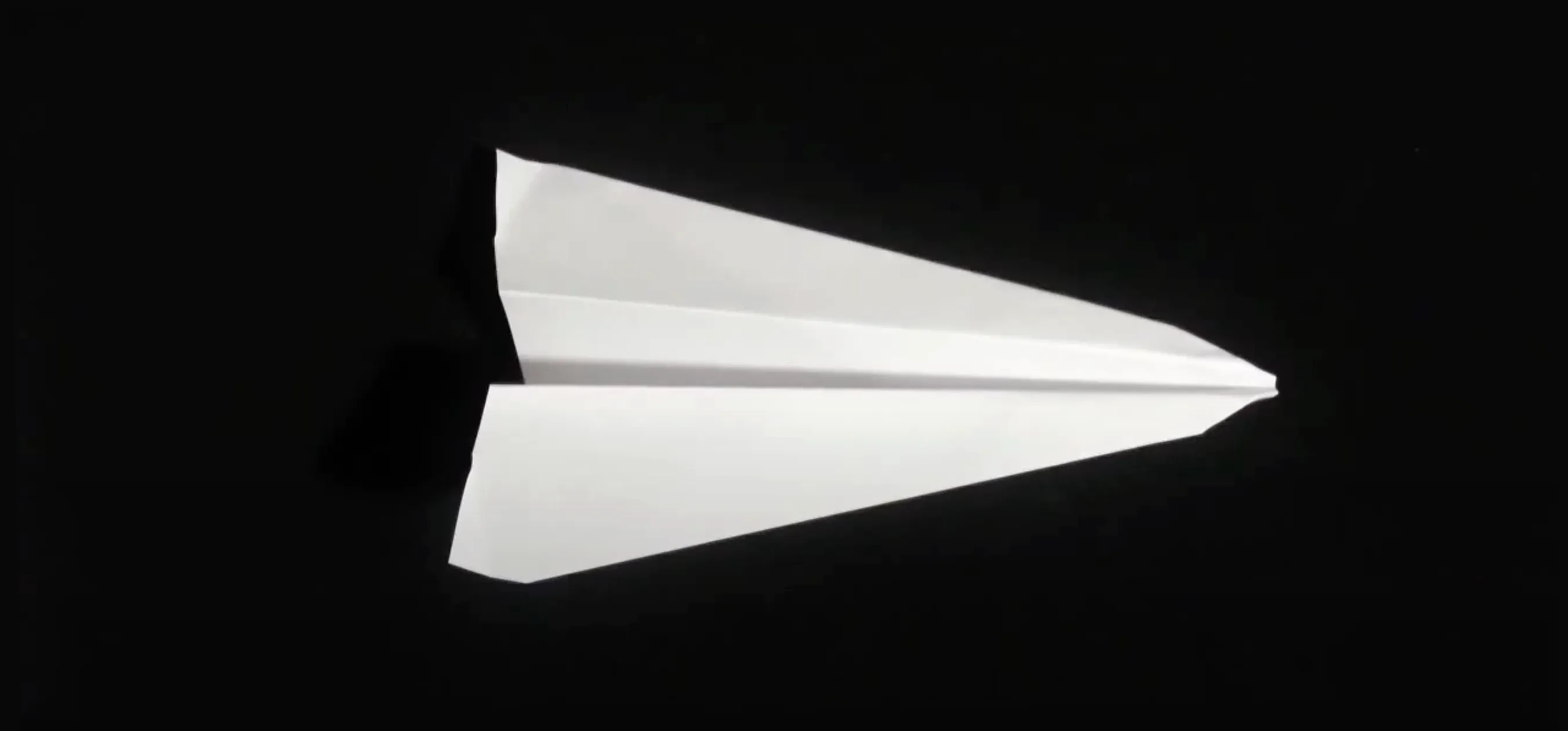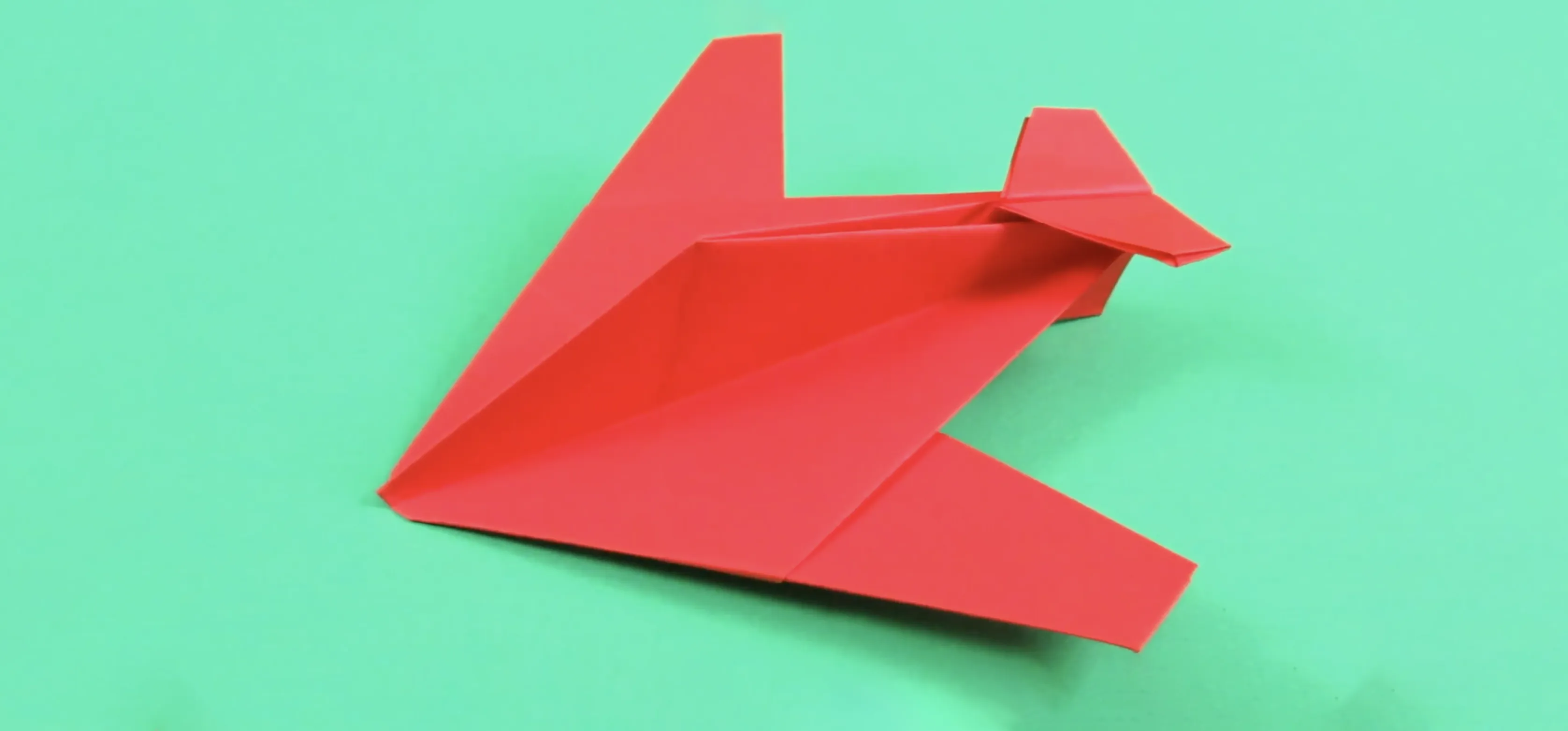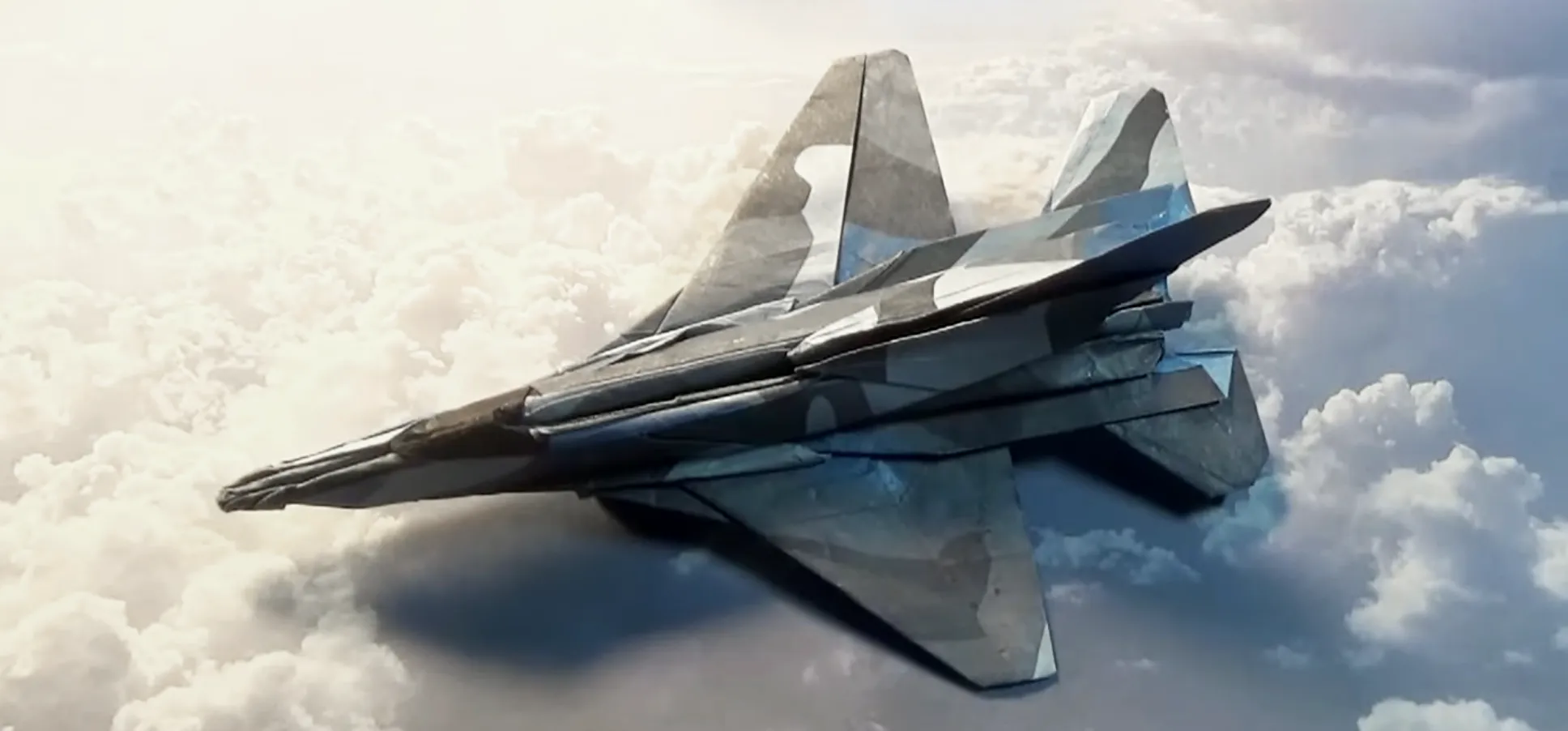We've all attempted to fold a paper airplane before, right? One we hoped would sail majestically through the air for a good while but just ended up nose-diving into the grass. Paper planes, an invention likely as old as paper, are models of engineering; and they must account for the same dynamics as real planes, from drag force to stability to weight. So what is the perfect design?
On October 8, 1998, aeronautical engineer Ken Blackburn launched a paper airplane that stayed aloft for an incredible 27.6 seconds. At the time, it set a new world record. His aptly named "World Record Airplane," based on a model he designed at age 13, was a glider-style aircraft that he heaved into the air at the Georgia Dome in Atlanta and watched for nearly 30 seconds as it made its way back to earth. Blackburn's record stood for more than a decade.
Eventually, Blackburn saw his record broken. In 2009, Tokuo Toda's Sky King flew for 27.9 seconds. The following year, Toda broke his own record in Fukuyama City, Hiroshima, Japan, on December 19, 2010: 29.2 seconds. This is the current Guinness World Record.
When he finally broke Blackburn's record, Toda told The Daily Telegraph that he "had thought that the world record was impossible to break, but the key to breaking the record is how high you fly it."
The construction, of course, is also big, and if you think Blackburn's glider still has what it takes to someday set a new world record, then try folding the World Record Airplane yourself. All you'll need is a piece of 8.5" x 11" paper. Check out Tavin's video below for instructions.
Video not enough for you? Follow along with these written steps with pictures for a better idea of what to do. To start, simply fold your 8.5" x 11" piece of paper (e.g., computer/copy paper) in half vertically, and then make a crease.
As with all origami or paper folding, you'll want to make sure your creases are crisp. In Brain Trust, Blackburn said that only three things are needed for your own "paper plane glory" — "good folds, good throw, and good design." Got it!

Piece of computer paper.

Fold in half vertically.

Piece of computer paper.

Fold in half vertically.
Next, you'll open the paper back up and from the 8.5" side, and fold halfway toward the crease you just made. Don't make a new crease; instead, simply pinch the paper here to provide a guide for the next step.

Fold halfway to the crease and pinch the fold.

Repeat on the other side.

Fold halfway to the crease and pinch the fold.

Repeat on the other side.
Next, from the top corner, fold diagonally down toward the center using the pinched fold you made from the previous step as a guide. Crease well. Repeat this on the other side. After this, your aircraft should look like a trapezoid.

From the top, fold diagonally toward the center and crease.
Now, from the short side of the trapezoid, you're going to fold down to the point where the two flaps meet at the center (about 1/2 an inch). You will then fold this seven more times to make eight.

Fold down here, to where the two sides meet.

Keep folding up, until there are eight folds.

Fold down here, to where the two sides meet.

Keep folding up, until there are eight folds.
You're nearly done. The next step is to fold the paper aircraft in half (using the crease you made in the first step). Crease well. Note that because of the folds, the head of the plane will be quite thick, so "crease firmly." After you fold the glider in half, you'll then fold the aircraft's wings. To do so, fold each half in the opposite direction, again about 1/2 inch down.
A tip from Blackburn on the wings (and folds/creases overall):
First, it's real important to keep the wing as flat as possible, so I would press the side of a pen against every fold as the plane is made in order to keep the folds as flat as possible.

Folded in half.

Here, one wing has been folded and about 1/2 inch is left from the bottom.

Folded in half.

Here, one wing has been folded and about 1/2 inch is left from the bottom.
Finally, create the wing flaps for your World Record Airplane. Simply fold in the edge of the wings, lining them up with the diagonal guide created by the folds that make up the nose/head of the glider.

Use the diagonal at the nose as a guide when folding the wing flaps.
And you're done! Here is our version before it makes a launch off the balcony.

Ready for its maiden flight.
As you can see, this is a pretty simple design to fold; it's rated as a 2/10 on Tavin's scale of difficulty. But clearly, given its record history, it's one of the best designs for paper aircraft ever conceived.
One final note, in Tavin's video tutorial, it says to use A4-sized paper. However, this is an international size. For the World Record Airplane, we'll want to use what Blackburn used, which is US letter size or 8.5" x 11." (A4 has slightly different dimensions: 8.26" x 11.69".) You can also, of course, play with the design to carry out your own test flights. What works best? Happy flying!

Here are Ken Blackburn's folding instructions for the World Record Airplane from a PowerPoint presentation at the National Congress for Aerospace Education in Atlanta in 2004.
Cover image via Tavin/YouTube
























Comments
Be the first, drop a comment!